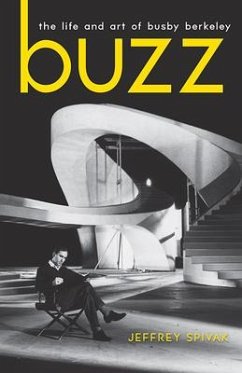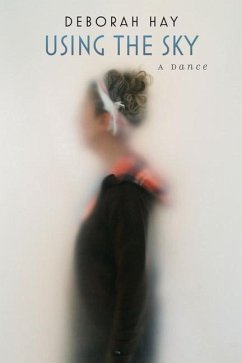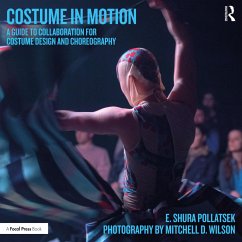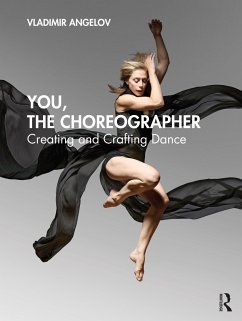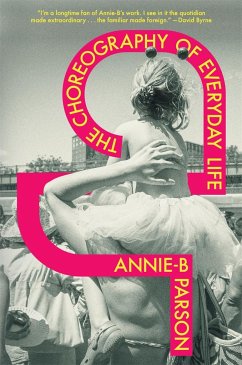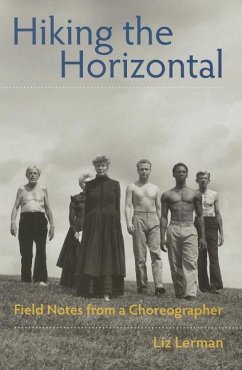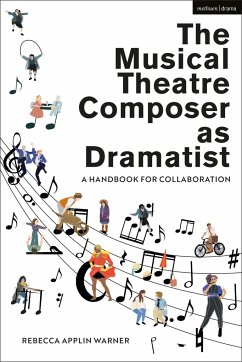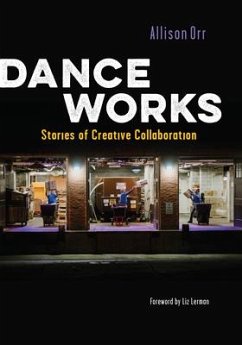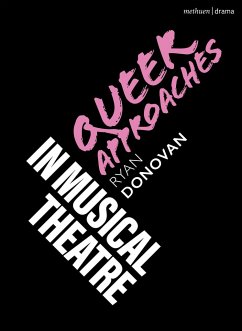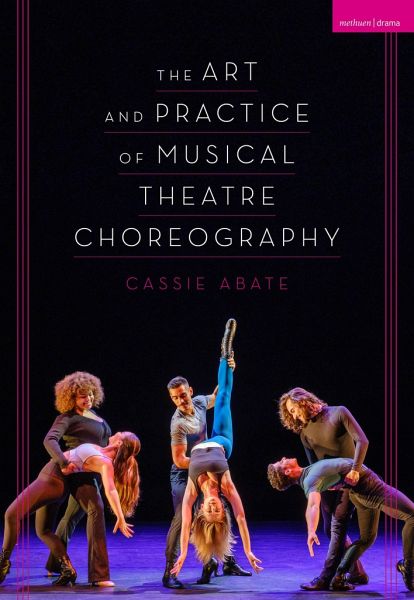
The Art and Practice of Musical Theatre Choreography
Versandkostenfrei!
Versandfertig in 2-4 Wochen
39,99 €
inkl. MwSt.
Weitere Ausgaben:

PAYBACK Punkte
20 °P sammeln!
This book firstly debunks the misunderstandings around what musical theatre choreographers actually do, demonstrating their need to have an in-depth understanding of storytelling, music theory, performance practices and plot structure in order to create movement that enhances and enlivens the musical. Secondly, it equips the musical theatre choreographer with all the tools needed to themselves create nuanced, informed and inspired movement for productions, through structured activities that build specific skills (such as 'notating the script' and 'scoring the score'). This book is the first to...
This book firstly debunks the misunderstandings around what musical theatre choreographers actually do, demonstrating their need to have an in-depth understanding of storytelling, music theory, performance practices and plot structure in order to create movement that enhances and enlivens the musical. Secondly, it equips the musical theatre choreographer with all the tools needed to themselves create nuanced, informed and inspired movement for productions, through structured activities that build specific skills (such as 'notating the script' and 'scoring the score'). This book is the first to make an advanced, in-depth look at musical theatre choreography accessible.




